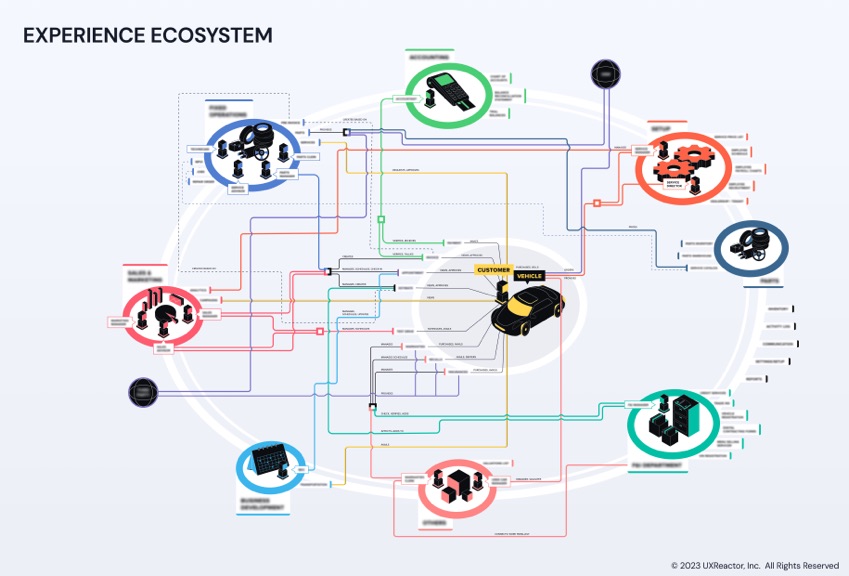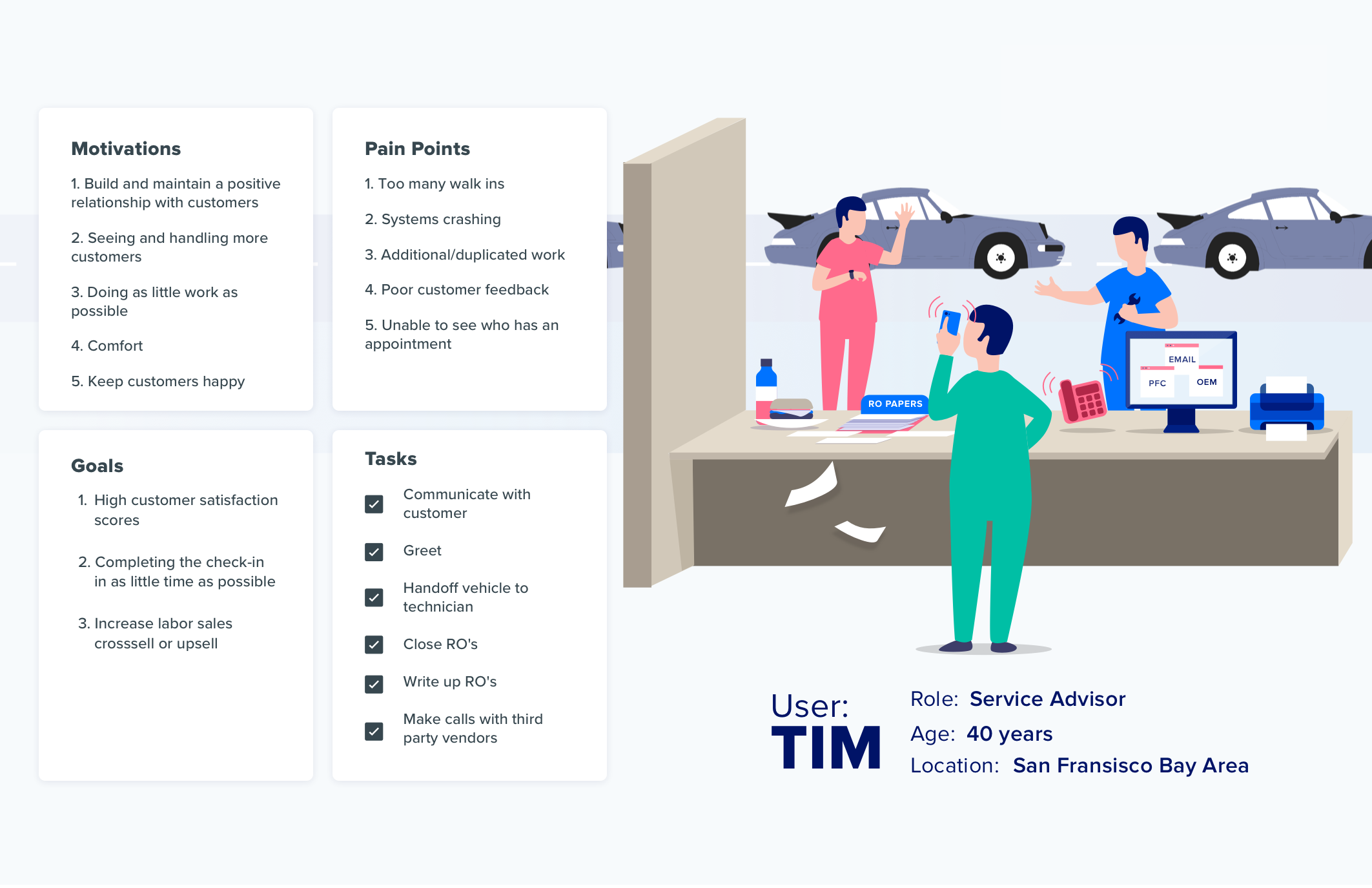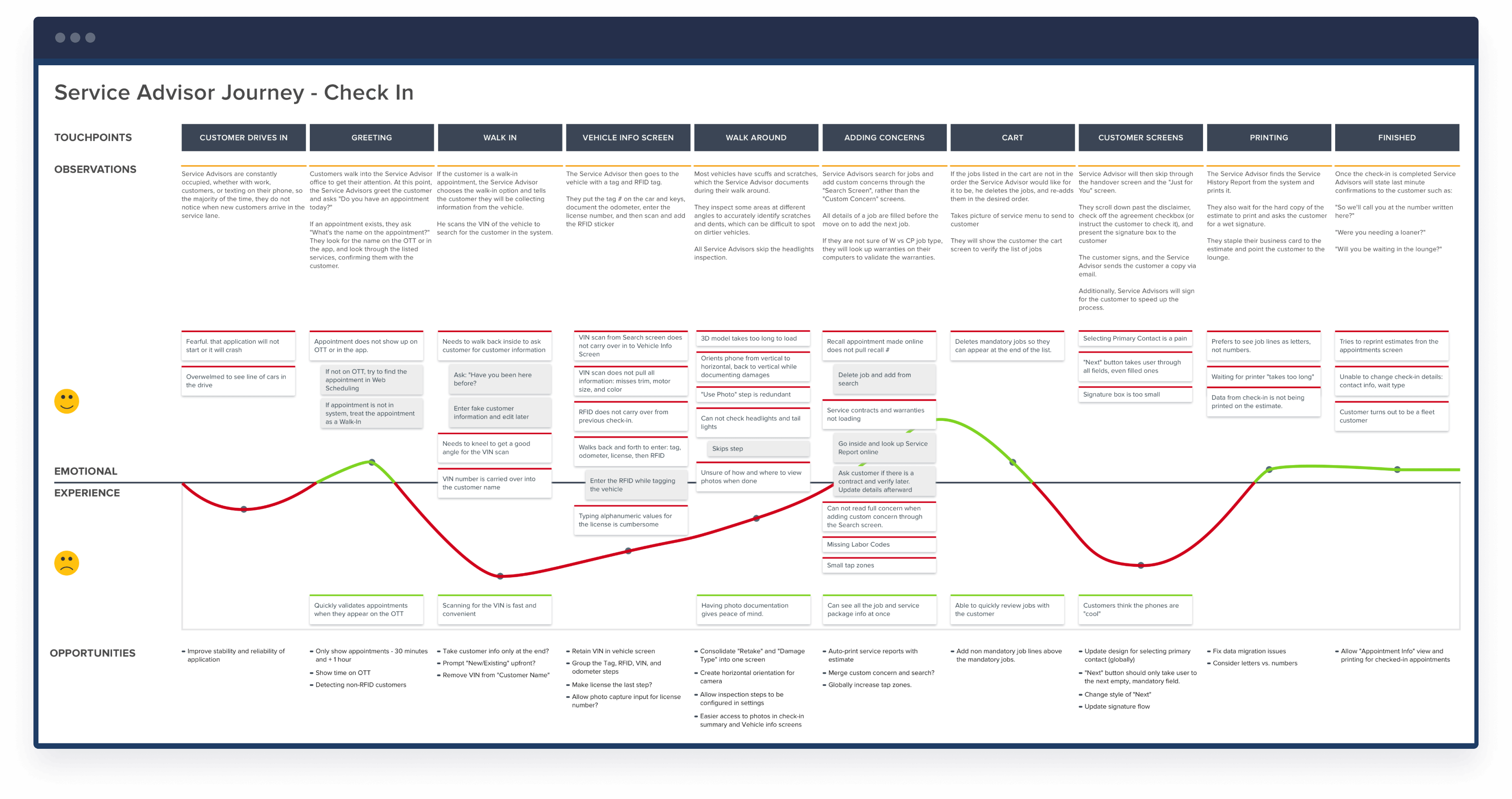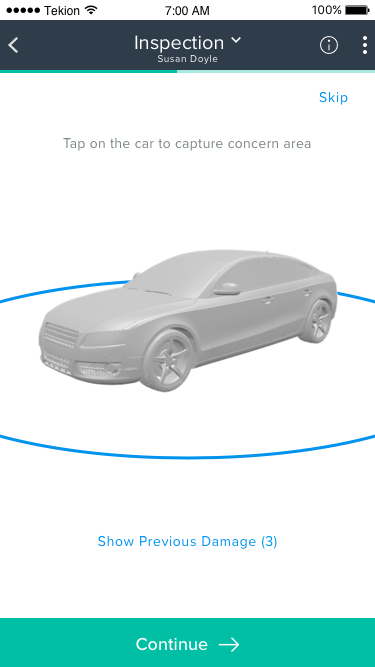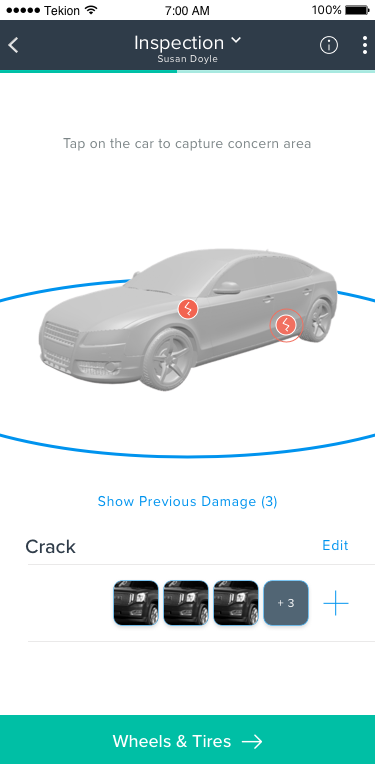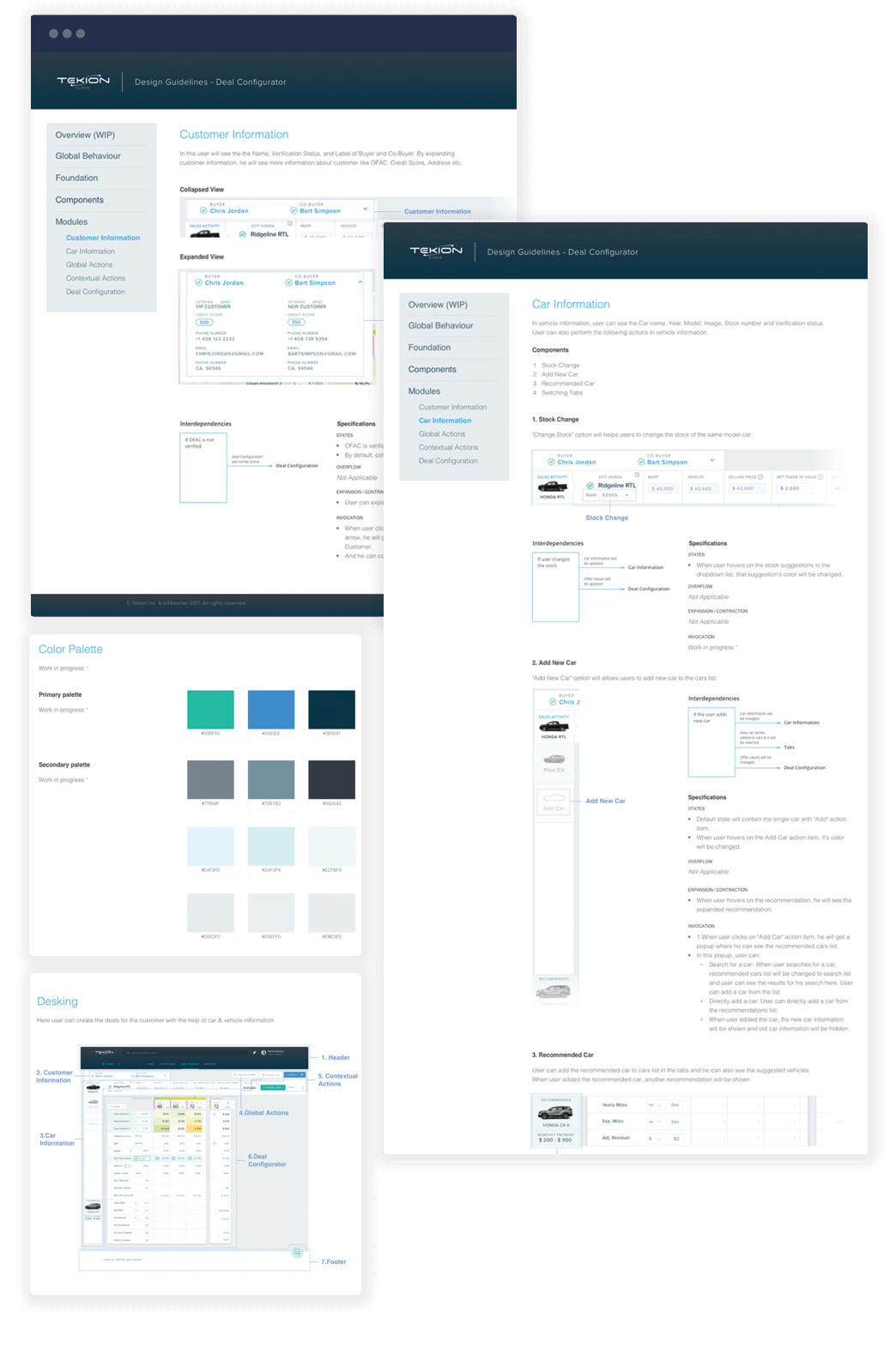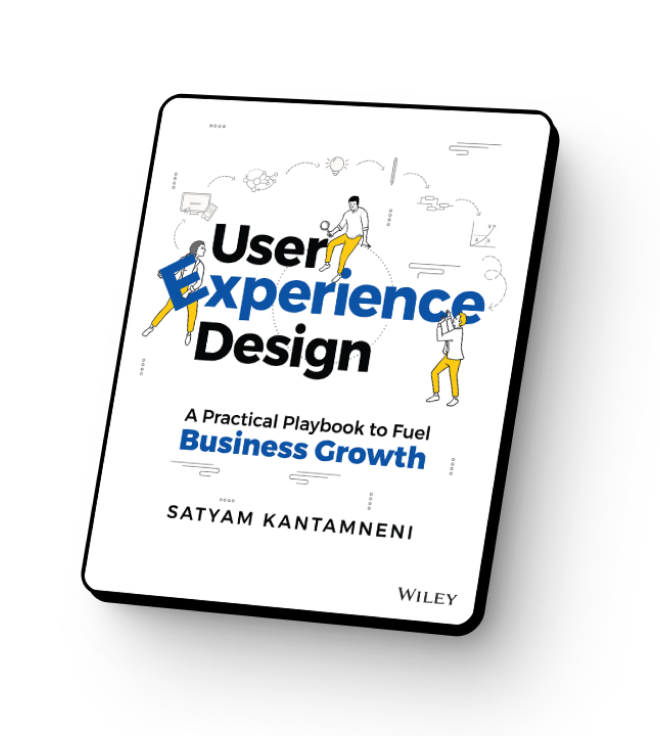UX Transformed Tekion from Startup to Billion-dollar Industry Leader
In 2017, Tekion initially engaged UXReactor for designing a single software module. This short-term project extended into a 30-month partnership. UXReactor led the design and assisted Tekion in establishing a high-performing experience design function within the firm.
Tekion disrupted the automotive industry in 2020 with their Automotive Retail Cloud™, gaining success through their User-first approach.
Tekion’s steadfast investment in design led to rapid growth, with the startup’s value surging from $1 billion in 2020 to $3.5 billion in 2021. The Automotive Retail Cloud™ has been widely embraced by dealers across the United States, including auto manufacturers such as General Motors, BMW, Nissan-Renault-Mitsubishi, and Exor.
What We Did for Tekion

Strategy
- Experience Ecosystem: Seamless Integration for Reduced Churn
- Experience Roadmap: Enhanced Customer Journey for Increased Adoption and Retention
- Experience Vision: Driving Customer-Centric Innovation
- Design Culture: Nurturing a Design-Centric Culture.

Research
- User Research: Understanding User Needs
- User Persona: Well-Defined User Personas
- Competitive Analysis: Insights and Competitive Advantages
- Validation: Data-Backed Validation

Product Experience
- Product Planning: Strategically Aligned Product Experience Plan
- Requirements Grooming: Support on Defining and Prioritizing Requirements
- UX Design: Intuitive and User-Centric Product Experience
- Data Visualization: Clear and Insightful Data Presentation
- Prototyping: Iterative and Functional Product Prototypes
- Design Systems: Iterative and Functional Product Prototypes
UXReactor supported Tekion’s vision of becoming a user-centric firm by bringing in its expertise through the PragmaticUX (PUX) process. As a result of this collaboration, Tekion and UXReactor were recognized by FastCompany in the Innovation by Design Awards, placing among the 40 best companies for superior UX designs out of 4,300 entries worldwide.

UXReactor has a really strong process-driven approach to design, communication, and transparency, which we found superior to other firms.
The results of experience transformation have been profound for Tekion. The full story of our work with them demonstrates the way we always make an enterprise-wide impact on our clients.
Continue reading for more detail on how UX transformed Tekion.
Former Tesla Executives Invest in Creating an End-to-End Platform to Replace Dealer Management Systems and Improve Customer Experience
Before co-founding Tekion, Jay Vijayan was CIO, and Guru Sankararaman, VP of IT at Tesla. They were directly responsible for building the seamless IT infrastructure that gave Tesla an edge in customer experience, operational efficiency, and profitability.
Jay and Guru co-founded Tekion in 2016 with the goal of revolutionizing the automotive retail industry through an all-encompassing platform. Their vision aimed to connect automakers, dealerships, and customers, eliminating the need for outdated Dealer Management Systems (DMSs) and multiple integrations.
Tekion had a clear objective of providing a user experience that rivaled that of top-tier consumer solutions. Jay and Guru recognized that the design and user experience would play a crucial role in distinguishing Tekion from its competitors. This approach proved successful in securing $50 million in Series A financing.
At first, Tekion proposed a trial project for UXReactor to undertake, which involved designing the “sales desking” experience, an individual component of their application. This project marked the beginning of a two-and-a-half-year partnership between UXReactor and Tekion, during which Tekion progressed from the conceptual phase to a fully operational flagship product known as Automotive Retail Cloud™.
From an 8 Week Trial Project to a 2.5 Year UX Design Partnership
In a span of two months, our team led a successful discovery process, developed a fresh experience, and designed innovative ways to present data, including a pioneering approach that Tekion would later patent. we delivered the project on time and upheld Tekion’s high standards for experience design, resulting in the extension of the engagement.
UXReactor took full ownership of crucial software modules, from user research to prototyping, and defined the style guide, unifying the designs under a comprehensive design system. This system became the single point of truth for all designers and developers. The UXReactor and Tekion team worked closely together, which was crucial to their shared success. In October 2017, just seven months after initiating the project, Tekion beta launched its flagship product, Automotive Retail Cloud 1.
The project’s success led to an expansion of the engagement, with UXReactor taking on the task of architecting the entire platform. By April 2019, Tekion went live with Automotive Retail Cloud and began onboarding dealers on its Automotive Retail Cloud platform in Q3 2019. The auto industry investors recognized Tekion as a trailblazer

When you build a product, you’re going to have differences in your processes and decision-making style, but the UXReactor team consistently found ways to work through it and make excellent decisions. We always felt like they were part of Tekion, even in those early working days.
Building Tekion’s Internal UX Capacity
Tekion and UXReactor worked collaboratively to develop internal processes that aligned with Tekion’s goal of becoming a user-centric organization. UXReactor leveraged the home grown PragmaticUX (PUX) process, which prioritizes a user-centered design approach, the primary aim of this process was to establish a self-sustaining system that generates requirements based on a comprehensive comprehension of the user’s experience.
To enhance Tekion’s UX capacity, user research was established as a function within the startup. This involved spending considerable time at dealerships to observe how users work and where they work. Tekion has since fully embraced user research and has acquired dealerships to test and validate experiences in-house, going beyond traditional customer research.
In addition to research and design processes, UXReactor also played a crucial supporting role in building the culture, environment, and team to provide Tekion with a sustainable competitive advantage in experience design. This decision was intentional, as UXReactor recognizes the importance of clients moving beyond reliance on external agencies.

Transforming Product Potential into Tangible Success
The Competition is a Click Away. What Sets Your Product Apart?
Learn More